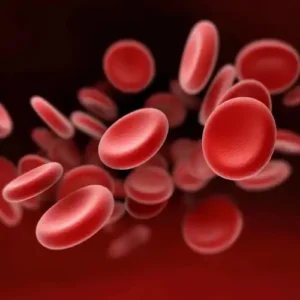Why Cats Make You Sneeze
Love cats but suffer from allergies? You’re not alone. Many cat owners deal with allergy symptoms but still want to keep their furry friends. The good news is you can take steps to reduce your symptoms.
Contrary to what many think, cat hair itself isn’t the main problem. The real troublemaker is a protein called Fel d 1, found in cat saliva and skin oils. When cats groom themselves, they spread this protein on their fur. As they shed, these tiny particles float into the air you breathe.
Cat hair can also trap other allergens like pollen and dust, making your symptoms worse.
Signs You Might Be Allergic to Cats
Watch for these common cat allergy symptoms:
- Sneezing
- Coughing
- Wheezing
- Itchy, watery eyes
- Runny nose
- Skin rash or hives
Some people react right away when near cats. Others have milder symptoms that might seem like reactions to dust or pollen. If you’re not sure, an allergy test can help.
Easy Home Changes That Help
If you want to keep your cat despite allergies, try these simple fixes:
- Choose hard floors instead of carpets
- Use window blinds instead of fabric curtains
- Install good air filters
- Wash your bedding and cat’s favourite blankets often
- Keep litter boxes and cat beds away from air vents
- Take allergy medicine as your doctor suggests
Creating cat-free zones in your home, especially your bedroom, can give your body a break from allergens.
Safer Ways to Play With Your Cat
When spending time with your cat:
- Don’t let them lick you
- Wipe your cat with a damp cloth to remove loose allergens
- Brush your cat outdoors
- Wash your hands after petting
- Try special food like Purina Pro Plan LiveClear that reduces allergens
This special cat food helps neutralise the Fel d 1 protein before it spreads around your home.
Cat Allergy Myths Busted
Despite rumors about “hypoallergenic” cats, all cats produce allergens. There are no scientifically proven hypoallergenic breeds. Even hairless cats shed dander containing allergens.
And while some assume developing cat allergies as an adult is rare, new allergy symptoms can emerge when someone is re-exposed after a period of avoidance. Adults with cat allergies likely had sensitivity as a child.
Should You Re-home Your Cat if You’re Allergic?
This is a personal decision without a one-size-fits-all answer. Assess if your symptoms are something you can manage or if they’ve become too severe for you to cope with while living with a cat. For some, adjustments and allergy-control measures are enough to keep cat allergies at bay. But others may need to consider re-homing as a last resort if their reactions are extreme and treatment doesn’t help.
Living Well with Cats Despite Allergies
While cat allergies can’t be cured, with some planning it may be possible to reduce symptoms and keep enjoying feline companionship. Work closely with your healthcare provider to find suitable treatments. Avoidance of allergens is also key through maintaining a clean home environment and conscious interactions with cats. And specialised diet changes in your cat can lower the amount of allergens released around your house. With the right lifestyle adjustments, those with allergies can often thrive with their beloved furry friends.
Using a cat allergy home test kit can provide definitive proof of your allergy so you can take steps to manage symptoms.
Photo “Cat” by Anthony Cunningham for Zoom Health
This post was originally published in April 2019. It was last updated in May 2025.
Zoom Health is a leading UK supplier of Home Health Tests and Earplugs





